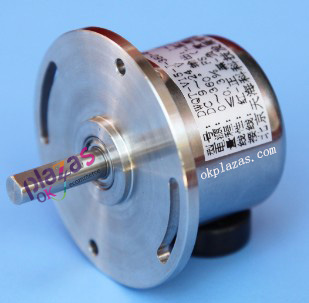Photoelectric potentiometer sensor, angle sensor
Photoelectric potentiometer sensor, angle sensor

The photoelectric potentiometer is a non-contact potentiometer, which uses a light beam instead of a brush. The photoelectric potentiometer is mainly composed of resistors, photoconductive layers and conductive electrodes. The manufacturing process of the photoelectric potentiometer is to deposit a layer of cadmium sulfide or cadmium selenide photoconductive layer on the substrate first, and then deposit a resistor and a conductive electrode on the photoconductive layer. A narrow gap is left between the resistor body and the conductive electrode. When there is usually no light, the resistive body and the conductive electrode are insulated due to the high resistance of the photoconductive layer. When the light beam is irradiated on the gap between the resistor and the conductive electrode, because the light resistance of the irradiated part of the photoconductive layer is small, the irradiated part of the resistor and the conductive electrode are connected, so the output terminal of the photoelectric potentiometer has a voltage output , The biggest advantage of the large photoelectric potentiometer with output voltage is non-contact type, there is no wear problem, it will not bring any harmful friction torque to the sensor system, thereby improving the accuracy, life, reliability and resolution of the sensor. The disadvantages of photoelectric potentiometers are large contact resistance and poor linearity. Due to its high output impedance, an amplifier with high input impedance is required. Although the photoelectric potentiometer has many shortcomings, its advantages are unmatched by other potentiometers. Therefore, it is still used in many important occasions. It is still used in many important occasions. It is related to the position irradiated by the beam displacement, thus realizing the conversion of the beam displacement into Voltage signal output.





